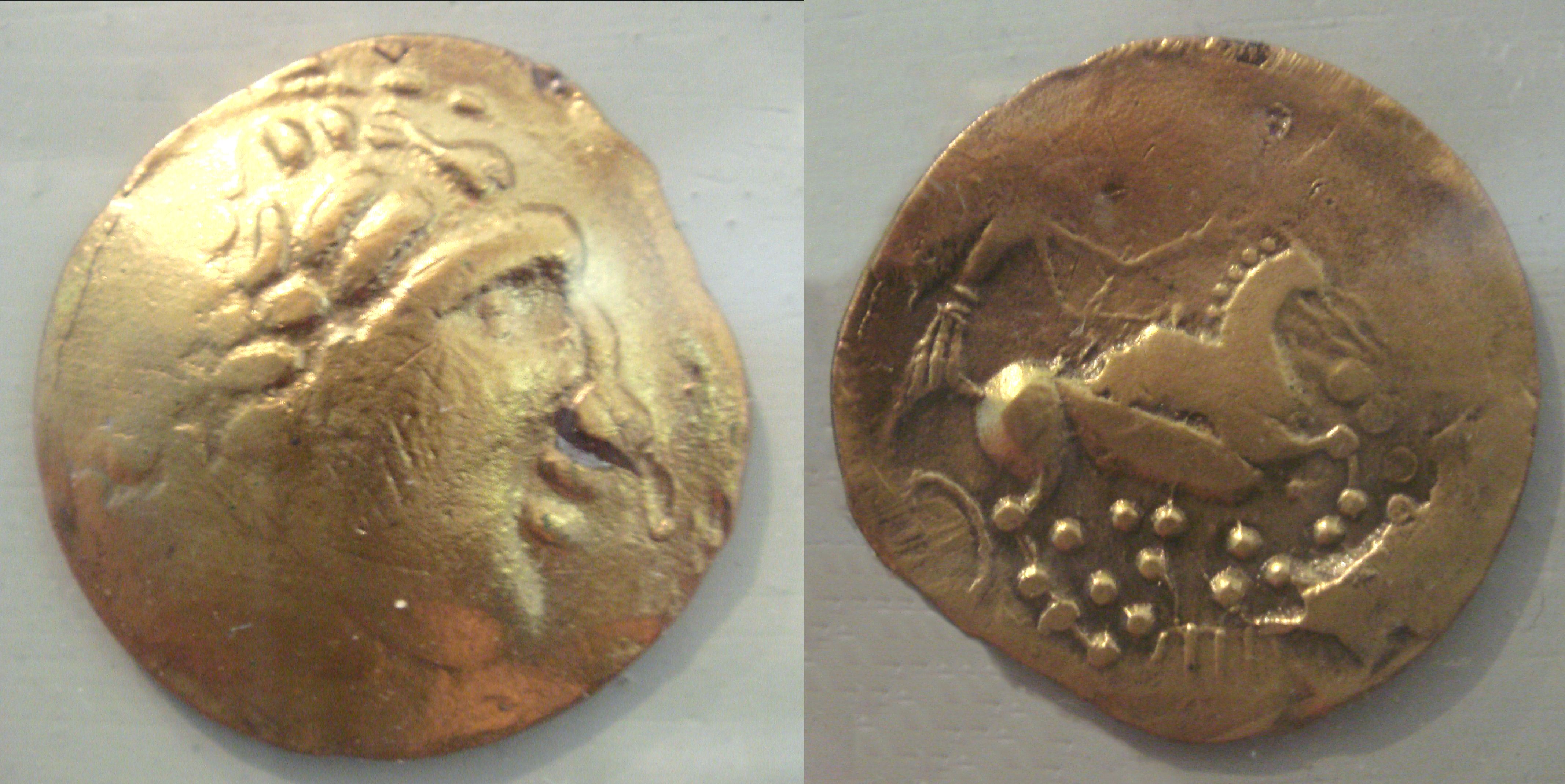|
André Lhote
André Lhote (5 July 1885 – 24 January 1962) was a French Cubist painter of figure subjects, portraits, landscapes, and still life. He was also active and influential as a teacher and writer on art. Early life and education Lhote was born 5 July 1885 in Bordeaux, France, and learned wood carving and sculpture from the age of 12, when his father apprenticed him to a local furniture maker to be trained as a sculptor in wood. He enrolled at the École des Beaux-Arts in Bordeaux in 1898 and studied decorative sculpture until 1904. Whilst there, he began to paint in his spare time and he left home in 1905, moving into his own studio to devote himself to painting. He was influenced by Gauguin and Cézanne and held his first one-man exhibition at the Galerie Druet in 1910, four years after he had moved to Paris. Career After initially working in a Fauvist style, Lhote shifted towards Cubism and joined the Section d'Or group in 1912, exhibiting at the Salon de la Section d'Or ... [...More Info...] [...Related Items...] OR: [Wikipedia] [Google] [Baidu] |
Bordeaux
Bordeaux ( ; ; Gascon language, Gascon ; ) is a city on the river Garonne in the Gironde Departments of France, department, southwestern France. A port city, it is the capital of the Nouvelle-Aquitaine region, as well as the Prefectures in France, prefecture of the Gironde department. Its inhabitants are called "''Bordelais'' (masculine) or "''Bordelaises'' (feminine). The term "Bordelais" may also refer to the city and its surrounding region. The city of Bordeaux proper had a population of 259,809 in 2020 within its small municipal territory of , but together with its suburbs and exurbs the Bordeaux Functional area (France), metropolitan area had a population of 1,376,375 that same year (Jan. 2020 census), the sixth-most populated in France after Paris, Lyon, Marseille, Lille, and Toulouse. Bordeaux and 27 suburban municipalities form the Bordeaux Métropole, Bordeaux Metropolis, an Indirect election, indirectly elected Métropole, metropolitan authority now in charge of wi ... [...More Info...] [...Related Items...] OR: [Wikipedia] [Google] [Baidu] |
Léonce Rosenberg
Léonce Rosenberg (12 September 1879 in Paris – 31 July 1947 in Neuilly-sur-Seine) was an art collector, writer, publisher, and one of the most influential French art dealers of the 20th century. His greatest impact was as a supporter and promoter of the cubists, especially during World War I and in the years immediately after. Early life The son of an antique dealer Alexandre Rosenberg and brother of the gallery owner Paul Rosenberg (21 rue de la Boétie, Paris), Léonce Rosenberg attended the Lycée Rollin in Paris followed by commercial training in Antwerp and London as well as travels to Berlin, Vienna and New York. Léonce Rosenberg took the opportunity to visit galleries and museums to broaden his artistic knowledge and appreciation, and to develop contacts in the art world. After returning to Paris he worked with his brother Paul in the family business. In 1906 Léonce and his brother took over the running of the family gallery, then on Avenue de l'Opéra and which ha ... [...More Info...] [...Related Items...] OR: [Wikipedia] [Google] [Baidu] |
Charlotte Van Pallandt
Charlotte van Pallandt (24 September 1898 – 30 July 1997) was a Dutch painter and sculptor. Biography She was born in Arnhem to a wealthy family of Dutch nobility, and grew up in Schaarsbergen with her three sisters and brother.Charlotte Dorothée van Pallandt on biography portal of In 1910 her older sister died of peritonitis and her family moved to the Hague in 1913 and sent her to a boarding school in London, where she studied at the Ealing School of Art. When she returned to The Hague she continued her drawing lesso ... [...More Info...] [...Related Items...] OR: [Wikipedia] [Google] [Baidu] |
Kuno Veeber
Kuno Veeber (18 February 1898 – 1 January 1929) was an Estonian painter and graphic artist whose career began in the late 1910s. Early life Kuno Veeber was born Kuno Bernard Weber at Adila, Estonia, Adila manor, Hageri Parish (now part of Kohila Parish) to Konstantin Villibald Weber and Bertha Louise Weber (née Gildemann). He was the second eldest of five sons. The family later Estonization, Estonianized the surname from 'Weber' to the more Estonian language, Estonian 'Veeber'. Kuno Veeber began his artistic studies at the Ants Laikmaa Studio School in Tallinn in 1916. After graduating from Gustav Adolf Grammar School, Tallinn Nikolai I Gymnasium in 1917, he briefly went on to study medical science at the University of Tartu. From 1919 until 1920, during the Estonian War of Independence, Veeber served as a cyclist in the Estonian Land Forces, Estonian Army. Following the war, he worked as a laborer on the construction of the new Estonian Parliament building (Riigikogu) on Toompe ... [...More Info...] [...Related Items...] OR: [Wikipedia] [Google] [Baidu] |

